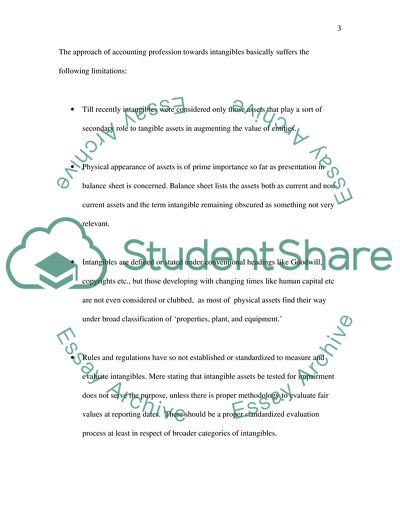Cite this document
(Accounting Problems of Intangibles Term Paper Example | Topics and Well Written Essays - 1856 words, n.d.)
Accounting Problems of Intangibles Term Paper Example | Topics and Well Written Essays - 1856 words. Retrieved from https://studentshare.org/finance-accounting/1720750-the-intangible-and-accounting
Accounting Problems of Intangibles Term Paper Example | Topics and Well Written Essays - 1856 words. Retrieved from https://studentshare.org/finance-accounting/1720750-the-intangible-and-accounting
(Accounting Problems of Intangibles Term Paper Example | Topics and Well Written Essays - 1856 Words)
Accounting Problems of Intangibles Term Paper Example | Topics and Well Written Essays - 1856 Words. https://studentshare.org/finance-accounting/1720750-the-intangible-and-accounting.
Accounting Problems of Intangibles Term Paper Example | Topics and Well Written Essays - 1856 Words. https://studentshare.org/finance-accounting/1720750-the-intangible-and-accounting.
“Accounting Problems of Intangibles Term Paper Example | Topics and Well Written Essays - 1856 Words”. https://studentshare.org/finance-accounting/1720750-the-intangible-and-accounting.


